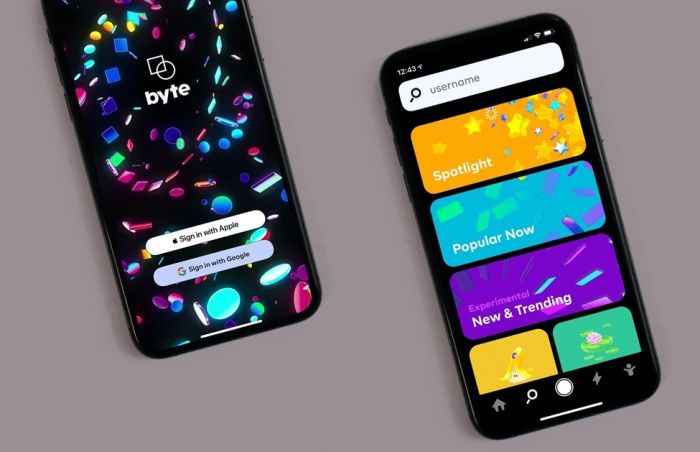If you want to localize your iOS application accurately and let your software be popular among international users, it is high time to learn more about translation services or localization peculiarities. Unlike a typical translation, localization also stands for adaptation of your app to the socio-cultural factors, graphic interface, scalability, the fonts, and the correct formatting. It is not enough to translate each word that is present in the menus or add the translation of the text chapters because you will also need to adjust the iOS 13 or any suitable software development solution to meet the existing interface builder.
Localize Your iOS App Accurately
Leaving the programming part aside for a bit, it is enough to mention that those who have tried to localize a website or a software application know that the hardest part is getting every little bit right in a foreign language. In most cases, it is not related to programming per se but revolves around linguistic peculiarities and the formatting of a foreign language. It is a reason why even the skilled coders still need professional localization help to get all the work done right. The best way is looking through the list of available services to find Thewordpoint that will understand the scope and specifics of your iOS app. Only a skilled specialist with relevant certification will be able to complete a technical kind of translation that requires certain knowledge and technical background. In such a way, you also receive a debugging assistant as app translation takes place.
There are at least five aspects to consider when one aims for an accurate iOS translation for an application or a multilingual website:
- The source text has to be adapted first. The best way to provide a translator with high-quality material is by checking through the original text and collecting all the necessary information that will come handy during the localization process. It is not often done by the developers, yet take some time to check what might be helpful to understand your application before you expand to the global market.
- Discuss and study the application with a localization specialist. Even though this part is time-consuming and may require some patience, never ignore talking to a translator first. It is recommended to let the specialist or a group of people see how your application works. Feel free to discuss it and explain the purpose and the vision. It will help the translators to adapt it more accurately and avoid the most common mistakes that happen when some parts remain unknown. If it is an application for accountants, it may require a technical translation, hence, one has to discuss the specifics and ensure that you have the correct person for the job.
- Test the GUI to determine all existing limitations. There is nothing worse than having to change the graphical interface or spend days trying to fix the scalability issue. Even though the XCode 11 developer’s application includes all the necessary tools to avoid such issues, it is much safer to adjust the lengthy words or menu titles to not only transpose the meaning right but also to fit within the required frames. Just save yourself some time by exploring all the existing limitations before the localization starts.
- Time and measurement issues. The greatest issue of any localization process relates to time and measurement, especially if it is applicable in your case. Thankfully, Apple developers have thought about it, so various formatters can be included, which will help the foreign users choose their language that will already include the relevant code parameters. Starting from iOS 8, the formatter feature will make this issue clearer, yet it never hurts to check twice to test how it works, especially if you have more than three additional languages planned.
- Socio-cultural aspect. The last aspect that must be mentioned regarding getting your localization right is the mentality of every foreign country that will use your iOS application. It includes the market appeal, correct description, the use of the special terms that are common in the target country, and showing due respect for the user audience. Always include additional descriptions or helpful hints in the manual file, if applicable.
The main goal of any localization process is to adapt existing information so that each person feels comfortable while using the application. It is where good translators can offer their professional help since they know how particular target markets work and how to make your application stand out from the rest.
The Apple Store Challenge

Once you have the localization work done, it is time to think about the Apple Store Optimization process, which is crucial if you plan to expand to an international market and see the user base increase. The most important part is to choose your title and description so that they reflect your app's purpose. The next step is working with the relevant keywords that will increase your online presence and will make the application appear when an average user enters a particular phrase. Do not forget about video presentations and the screenshots that display the GUI.









